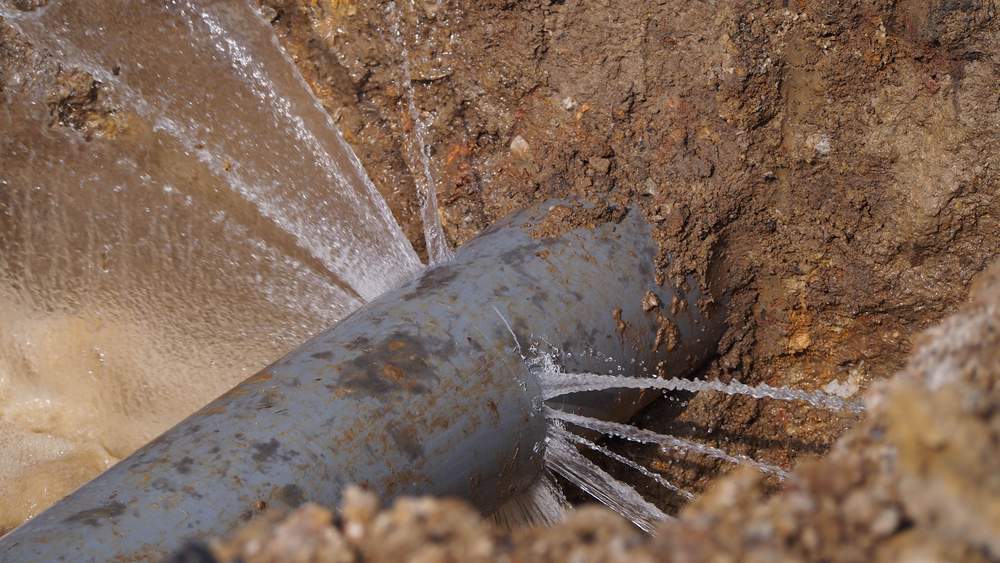How to Prevent Burst Pipes

How to Prevent Burst Pipes Before Cold Snaps
If you want to prevent burst pipes, focus on insulation, steady indoor temperatures, and sensible water use. Even in milder Southern California winters, a clear plan protects homes from surprise cold snaps in Pasadena, Glendale, and beyond.
Insulate and Heat: Protect Exposed Runs
- Wrap attic, garage, and exterior‑wall piping with foam sleeves; pay special attention to hose bibbs and crawlspace lines.
- On freezing nights, keep interior doors open and cabinets cracked to share warmth with plumbing runs.
Cold‑Weather Practices on Frosty Nights
- Let a pencil‑thin stream of water run from the farthest fixture to keep water moving.
- Disconnect garden hoses and install frost‑proof hose bibbs where possible.
Year‑Round Maintenance for Pressure Control
- Check the pressure‑reducing valve (PRV) and consider water hammer arrestors to limit stress on joints.
- Fix slow leaks promptly; moisture plus pressure swings weakens pipe walls over time.
Know Your Shutoffs for Emergencies
Label the main shutoff and key fixture stops. If a line fails, quick shutoff limits damage and simplifies repair.
Bottom line: Insulation, gentle flow during cold nights, and healthy pressure keep pipes safe year‑round. Book a pro visit with Plumbing Squad in Los Angeles or OC.
Key Takeaways
- Understand the essentials of prevent burst pipes so you can act quickly and avoid damage.
- Use safe, proven methods first; avoid shortcuts that create bigger problems.
- Prevent issues with routine maintenance and timely upgrades.
- Know when to call a professional to save time, money, and stress.
Early Warning Signs
- Water stains, bubbling paint, or musty odors.
- Unexpectedly high water bills or meter movement when fixtures are off.
- Reduced pressure in one area or across the home.
Emergency Steps
- Shut off the main water valve.
- Turn off power to affected areas if water is near outlets or appliances.
- Open faucets to drain remaining water and relieve pressure.
- Document damage for insurance and call a licensed plumber.
Repair & Prevention
Depending on pipe material and access, solutions include spot repairs, rerouting, or whole‑home repiping. Insulate exposed lines, maintain stable indoor temps, and install leak detection with automatic shutoff.
FAQs
How can I prevent prevent burst pipes?
Start with routine maintenance: inspections, cleaning, and replacing worn parts before they fail. Address small issues early, use quality fixtures, and follow manufacturer guidelines. A yearly whole‑home check by a pro helps catch problems before they turn into prevent burst pipes.
Can DIY fixes make prevent burst pipes worse?
Yes. Using the wrong chemical, tool, or technique can damage pipes, fixtures, or finishes, and often pushes the problem deeper. Stick to safe methods and call a pro when you hit resistance, smell sewage, or see leaks.
When should I call a professional plumber for prevent burst pipes?
Call right away if there’s active leaking, sewage odors, recurring clogs, no hot water, water stains, or you’ve tried basic steps without success. Emergencies include burst pipes, backflows, and any leak near electrical.
How much does it typically cost to address prevent burst pipes?
Costs vary by scope, materials, access, and location. Expect a basic service call to start around a few hundred dollars, while larger repairs or replacements range higher. After an on‑site assessment, your plumber can provide a firm, written estimate.
Need a Reliable Plumber?
Plumbing Squad handles inspections, repairs, and emergency service with transparent pricing and clean workmanship. Call today or book service to get expert help fast.

